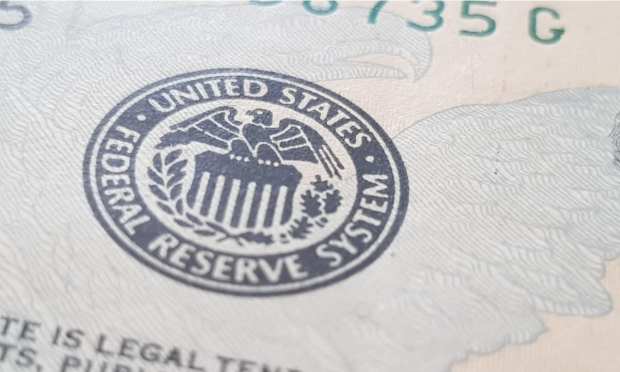Fed SLOOS: Banks Soften First-Quarter Lending Standards

Banks have softened standards for household and commercial loans in the first quarter of 2021, following a year-long trend of tightening due to the economic effects of the coronavirus pandemic.
The Senior Loan Officer Opinion Survey on Bank Lending Practices (SLOOS) report released by the Federal Reserve on Tuesday (May 4) surveys as many as 80 large domestic banks and 24 U.S. branches and agencies of foreign banks each quarter.
Bank loan standards for commercial real estate didn’t change but lenders participating in the survey said standards were tightened for construction and land development loans. Large and mid-sized firms overall had lower demand for loans, while the demand went up for construction, land development, and multifamily borrowing.
The demand for home loans was also stronger, while demand remained the same for credit cards and other consumer loans. Auto loans saw a slight uptick in demand by consumers, per the survey.
Banks eased standards for most categories of most mortgage loan categories and for revolving home equity lines of credit. Standards were also softened for credit cards, auto loans, and other consumer loans.
In the third quarter of 2020 banks tightened loan standards, SLOOS data showed, while demand weakened across commercial real estate, construction, and land development loans. Bank also tightened standards for credit cards, auto loans and other consumer loans.
Household income in the U.S. surged 21 percent in March, according to data from the Census Bureau and Treasury Department, the largest monthly increase since 1959. Durable goods spending led the way, headed by motor vehicles and parts.
Consumer spending was the driver behind economic growth in the first quarter of this year, as people received stimulus checks and got vaccinated. Gross domestic product (GDP) in the first quarter of 2021 grew 6.4 percent, compared to 4.3 percent fourth-quarter growth in 2020. It is the biggest first-quarter increase in GDP growth since 1984.
